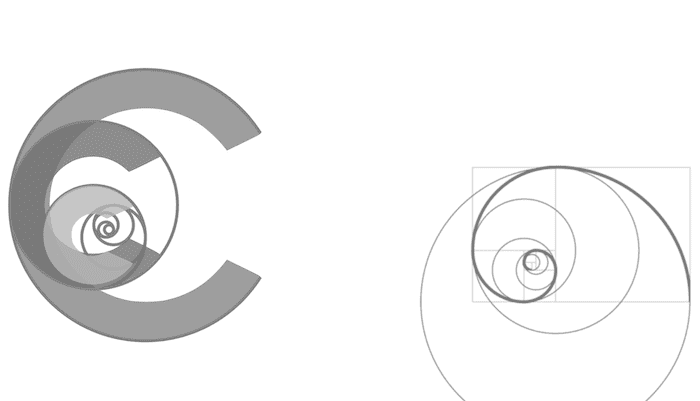ICU Outcomes
OVERVIEW
- outcome measures are important for research and quality control
- clinically meaningful outcomes measure how patients feel, function or survive, e.g. mortality, quality of life
- surrogate outcomes is a substitute that would be expected to be beneficial based on epidemiological, physiological, therapeutic or other scientific grounds
- unless validated surrogate outcomes should not be used to change clinical practice
ICU MORTALITY
Advantages
- simple, single metric
- concrete endpoint which is already available in hospital databases
- death is an important endpoint
- aggregation of a large number of diagnoses with a small number in each increases power to detect variation
- variation over time may reflect institutional and organisational events or characteristics- budget cuts, bed pressure etc. and be able to detect true quality deficiencies
- May be useful when combined as part of an overall quality program
Disadvantages
- Definition of ICU is very hospital specific which can influence mortality (e.g. non-ICU stepdown areas in some hospitals)
- can be ‘gamed’ e.g. transfers out to die in the ward or other units
- Poor correlation between mortality and quality of care in some diagnoses; alternatives available e.g. diagnosis specific risk models such as EuroSCORE for CABG, APACHE SMR, trauma scores
- Can mask problems in low volume diagnostic groups
- Difficult to draw hospital comparisons and or allow league table construction
- False conclusions can be drawn unless robust statistical methods used
HOSPITAL MORTALITY
- Hospital mortality can often be 50% higher than ICU mortality, and is a reasonable surrogate (90%) for 90 days mortality
Advantages
- gets over differences in definition of ICU and ICU discharge thresholds and avoids avoids many problems of censoring at ICU discharge.
- Still a simple and robust endpoint
- easy to obtain from exisiting hospital databases
Disadvantages
- can confound intensive care outcomes with deficiencies in ward or other post ICU care
- Does not address in any way functional outcomes, e.g discharge from hospital to a nursing home in a vegetative state is counted as a positive outcome
90 DAY MORTALITY
Advantages
- simple robust endpoint
- addresses the issue of ongoing mortality after hospital discharge (though this difference is about 10% relative in recent large trials)
- data may be available by linkage with external registries (e.g. Births, Deaths and Marriages)
Disadvantages
- still an arbitrary time point
- 90 days may still be insufficient to accurately measure the attributable mortality from an episode of critical illness
- Problems with loss to follow up after ICU discharge
- Ethical implications of contacting patients after discharge (especially for research studies)
1 YEAR FUNCTIONAL OUTCOME
Advantages
- a ‘POEM’ (patient oriented endpoint that matters)
- Takes into account disability and true long-term consequences of critical illness
Disadvantages
- no ideal scoring tool available – existing tools all have problems; some measure particular functional domains well; problems with face validity
- All functional outcome measures are time consuming to apply
- Problems with loss to follow up
- Follow up— time consuming, labour intensive, costly face to face vs. phone vs. mail
- Depending on disease may reflect more the natural history of the disease rather than the ICU care per se

Critical Care
Compendium
Chris is an Intensivist and ECMO specialist at The Alfred ICU, where he is Deputy Director (Education). He is a Clinical Adjunct Associate Professor at Monash University, the Lead for the Clinician Educator Incubator programme, and a CICM First Part Examiner.
He is an internationally recognised Clinician Educator with a passion for helping clinicians learn and for improving the clinical performance of individuals and collectives. He was one of the founders of the FOAM movement (Free Open-Access Medical education) has been recognised for his contributions to education with awards from ANZICS, ANZAHPE, and ACEM.
His one great achievement is being the father of three amazing children.
On Bluesky, he is @precordialthump.bsky.social and on the site that Elon has screwed up, he is @precordialthump.
| INTENSIVE | RAGE | Resuscitology | SMACC
